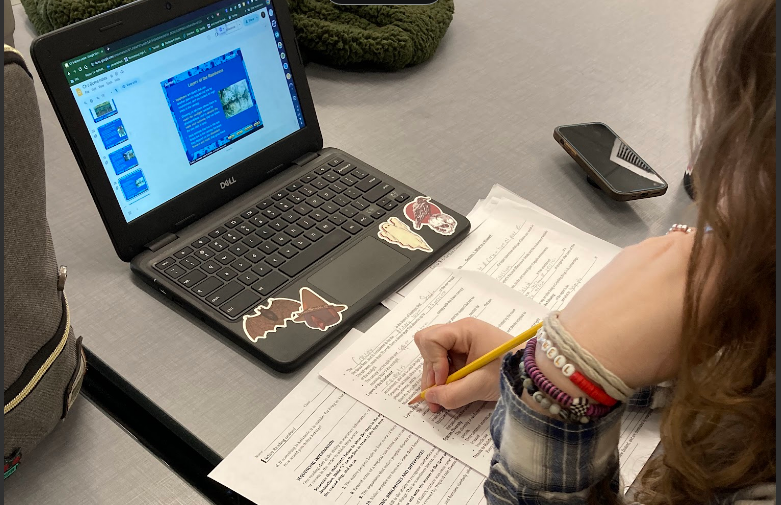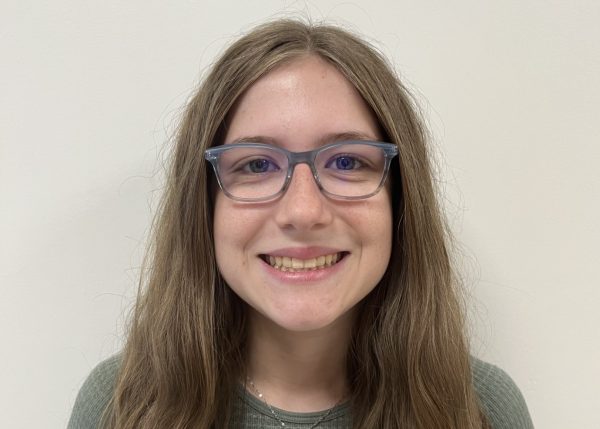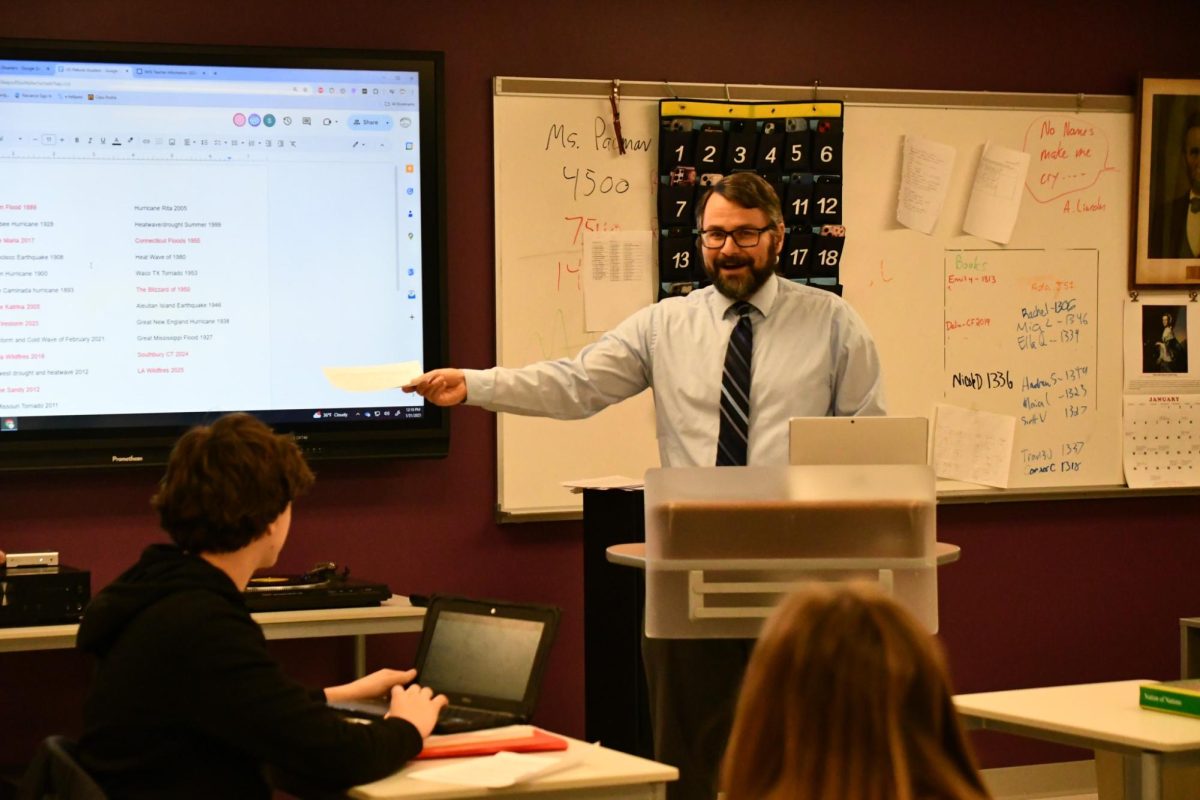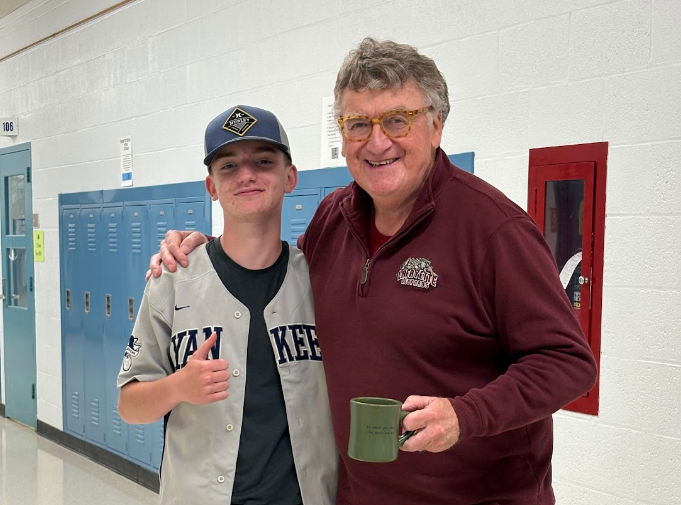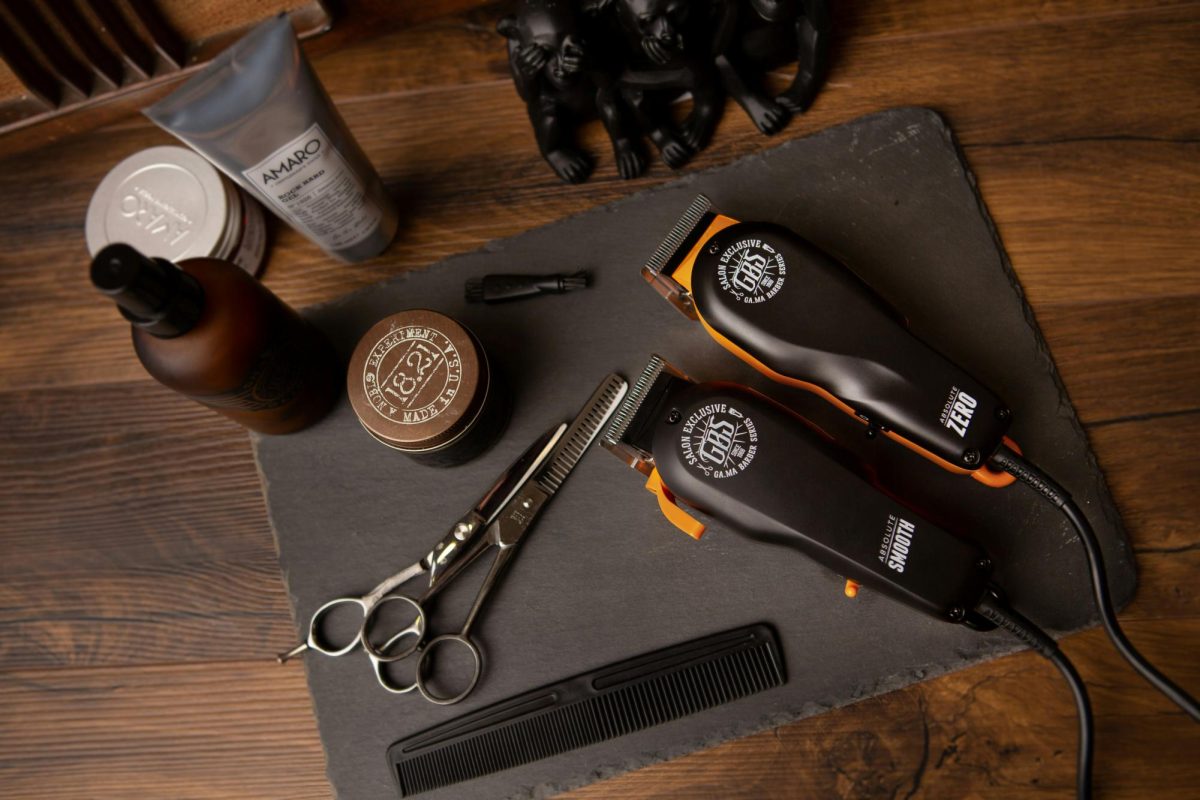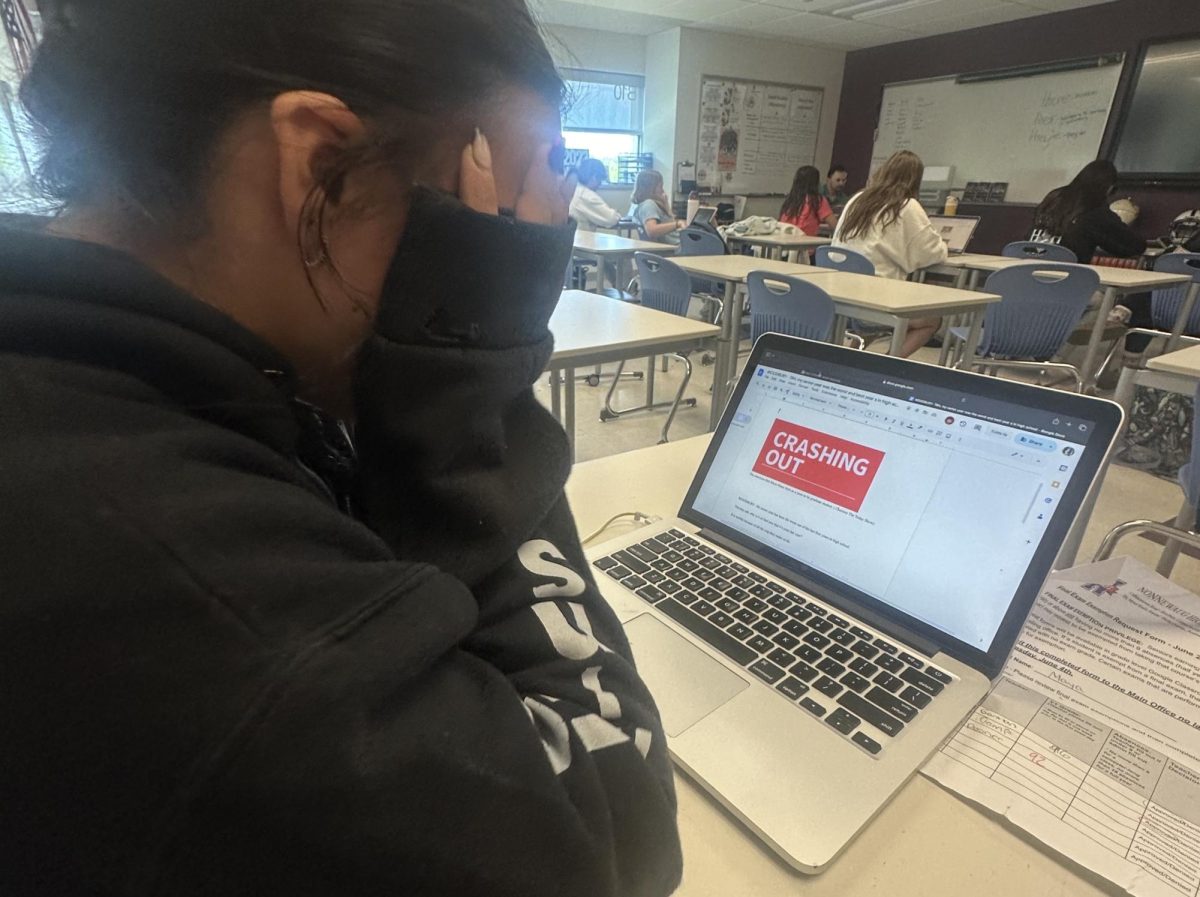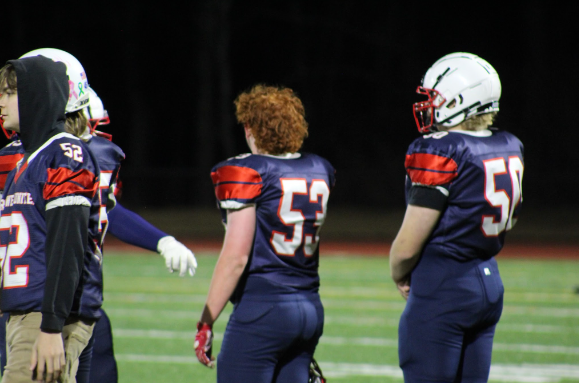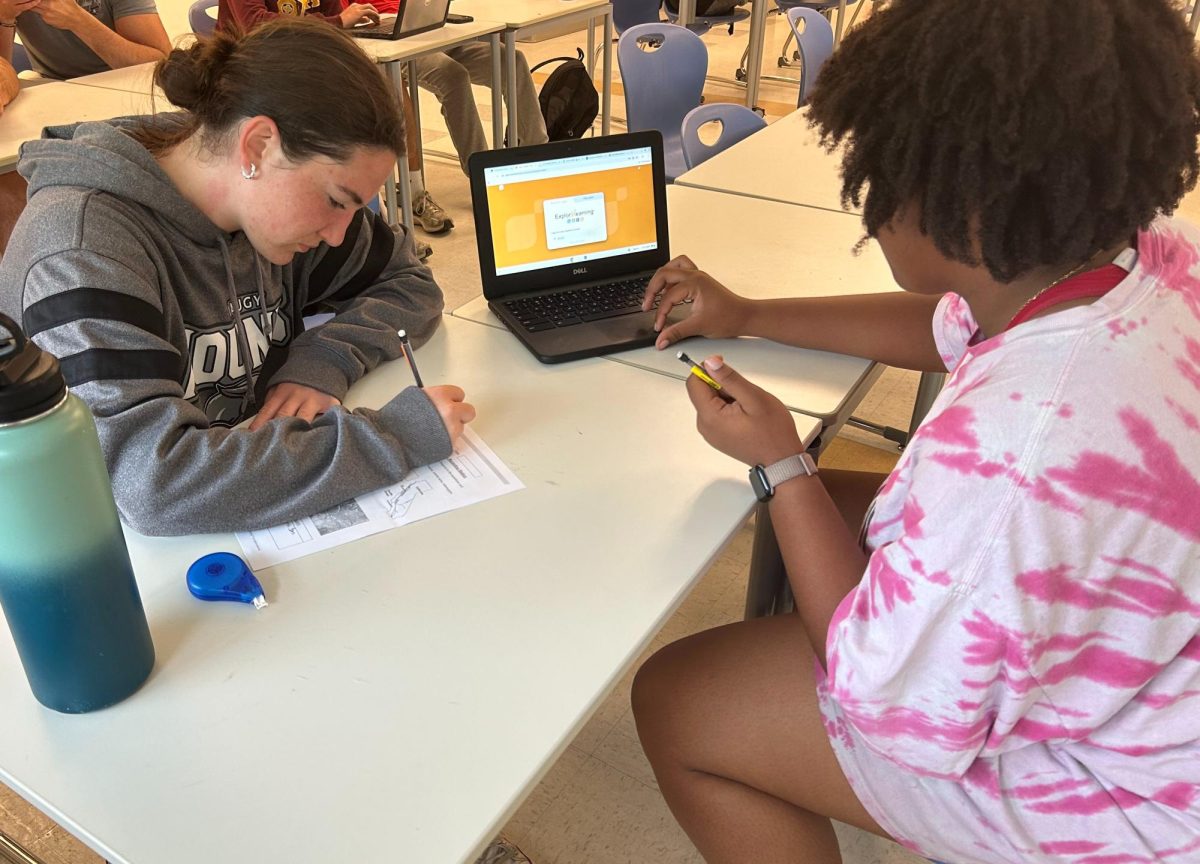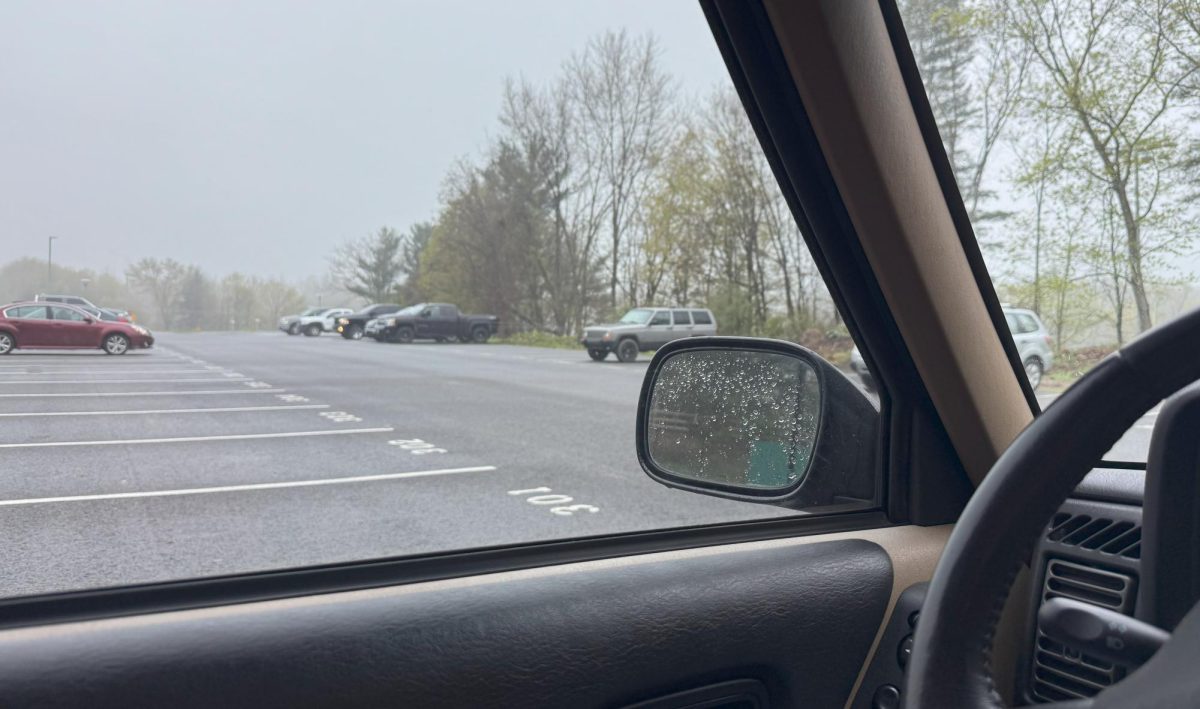WOODBURY — When having to sign your name into a piece of paper, some teenagers are hesitant because they don’t know how to sign their names, they only know how to print it.
This is not their fault, because when we entered into school, computers were starting to become more of a necessity, and there was not as much paper writing. This caused teachers to not pay much attention to the cursive writing that is essential to being an adult.
“I love it,” said Maura White, Nonnewaug High School English instructor. “It’s beautiful. It’s an art form and I encourage it, but it should not be required in high school.”
Though it’s encouraged, how would students be accountable to learn it if no one teaches us?
According to the Connecticut Department of Education, cursive was removed from state curricula in 2010 with the shift to the Common Core, which placed greater emphasis on “digital literacy.” Enter Jan. 1 of this year, and the state issued guidance “encouraging” the inclusion of cursive for K-8.
The state needs to do more than merely “encourage” the return of cursive.
“I think it should be [taught] in elementary school so by the time they are high school students,” White adds. “They can make their own decision about what they want to use.”
Introducing this style of penmanship at a level as young as elementary proves to the young students that cursive isn’t something to be forgotten about. Though they might not be required to use it as they grow up, it’s an important skill to perpetuate, especially depending on what career path they choose to go down.
“In a way, I feel like yes it is [important] because I can’t imagine it any other way,” said Dominik Udvardi, an Austrian exchange student who is studying at Nonnewaug this year. “I was in the Austrian school system for my whole life. It was part of our curriculum where we had to write in cursive.”
Depending on future professions, the expertise of a script as intricate as this can be crucial. Because of this, different schools, or even countries, make it a requirement in younger grade levels.
“If you couldn’t write in cursive you couldn’t go to middle school, this was a requirement for middle school,” Udvardi said. “I couldn’t imagine it any other way.”
If this was a requirement for students in their middle school, most if not all students would already know how to correctly write in this form.
But nowadays, at the high school level, this isn’t the case: Cursive has gone the way of the locker — disappeared and forgotten.
Unless they’ve learned it at a young age, or have taught themselves overtime, high schoolers tend to steer towards the most common form of writing: print.
“It’s definitely a skill people have, but also I know you could live without it so it depends on the person,” said Udvardi.
The popularity of cursive writing has significantly decreased over time, and it’s slowly been disappearing even more within this generation. As the years go on and technology advances, the classic pen and paper has started to blow over. “Gen Z Never Learned to Read Cursive,” an article written by Drew Gilpin Faust for The Atlantic, suggests that maybe the technology takeover isn’t as beneficial as it seems.
“Handwriting instruction had already been declining as laptops and tablets and lessons in ‘keyboarding’ assumed an ever more prominent place in the classroom,” Faust wrote. “Most of my students remembered getting no more than a year or so of somewhat desultory cursive training, which was often pushed aside by a growing emphasis on ‘teaching to the test.’ Now in college, they represent the vanguard of a cursive less world.”
It’s with no second thoughts that cursive isn’t easy to learn, and it will certainly take time. People might not have the time or interest to teach themselves on their own time either, understandably so. Cursive writing is more so a need rather than a want, and it should be made a priority to implement it into school curriculums prior to high school graduation.
And that, is something we should sign our names to.
This is the opinion of Chief Advocate reporter Abegail Diezel, a junior at Nonnewaug.



